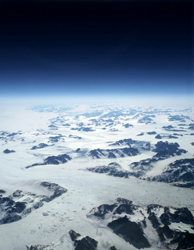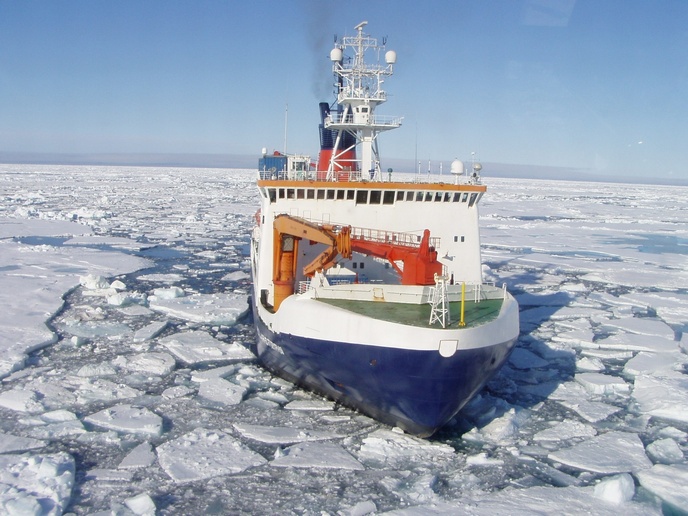Reconstruction of Greenland precipitation patterns
Researchers from the PACLIVA project studied variability in snow accumulation and large-scale circulation patterns over the GrIS. Four regions of the GrIS were identified, three of which are associated with distinct large-scale circulation patterns. These included the central-western, the south-western and the south-eastern GrIS. These large-scale patterns influence Europe's climate in different ways. However, changes in the accumulation of snow in the north-eastern GrIS are mainly affected by cyclones originating in the Greenland Sea. Ice core records for different regions across the GrIS helped to determine variability in calcium levels from airborne dust, and sodium levels, chiefly from sea salt deposition. This provided information concerning distinct regional atmospheric circulation patterns over the North American Arctic, Greenland and central to northern Europe. The results revealed that in the north-eastern part of the GrIS, high levels of calcium suggest dry deposition transported from the west. This agrees with the current belief that most dust deposited over the GrIS comes from Asia. Results also indicated that a significant fraction of the snow deposited each year in north east and central Greenland is due to wet deposition. This takes the form of snow, rain and especially fog. The difference in the results was great enough to enable reconstructions of the regional deposition regimes and the associated circulation patterns. The PACLIVA project also studied the variability of nitrate and snow accumulation records from six Greenland ice cores, which covered the period from the present to over 200 years ago. The results showed that over the last 75 years there has been an increase of around 60 percent in the average concentration of nitrate.





